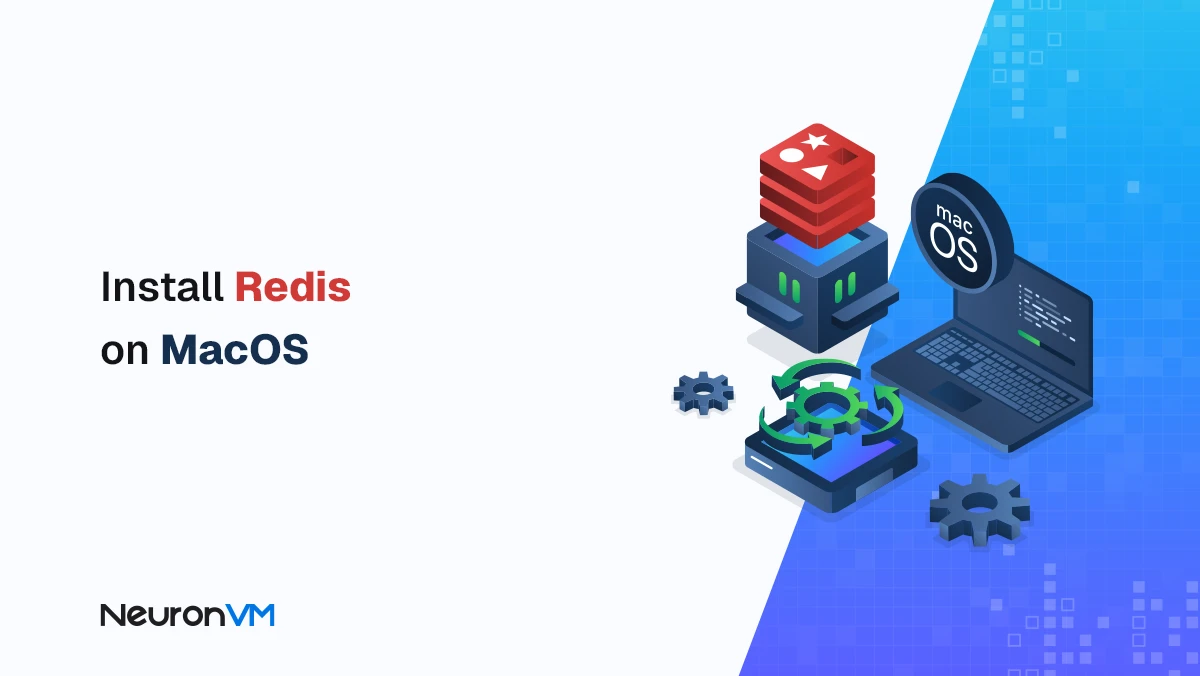How to Install ModSecurity for Apache on Dedicated Server
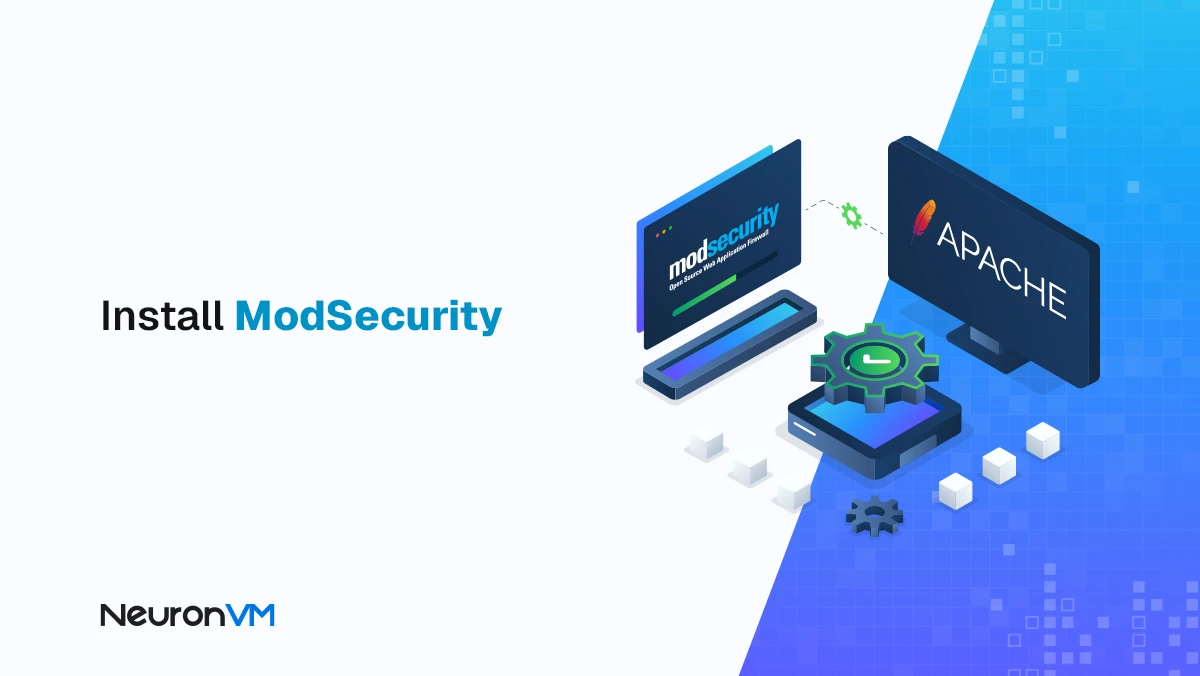
 10m
10m
 0 comments
0 comments
Web application security is not just a choice today, it is a serious necessity. Any server that provides online services is directly exposed to suspicious requests and constant attacks. ModSecurity is one of the tools that plays a decisive role in professional security environments, and installing it on a dedicated server can significantly increase the quality of the second layer of defense. In this guide, in addition to the installation steps, we will help you understand the logic behind each step to understand why this module is valuable in real environments.
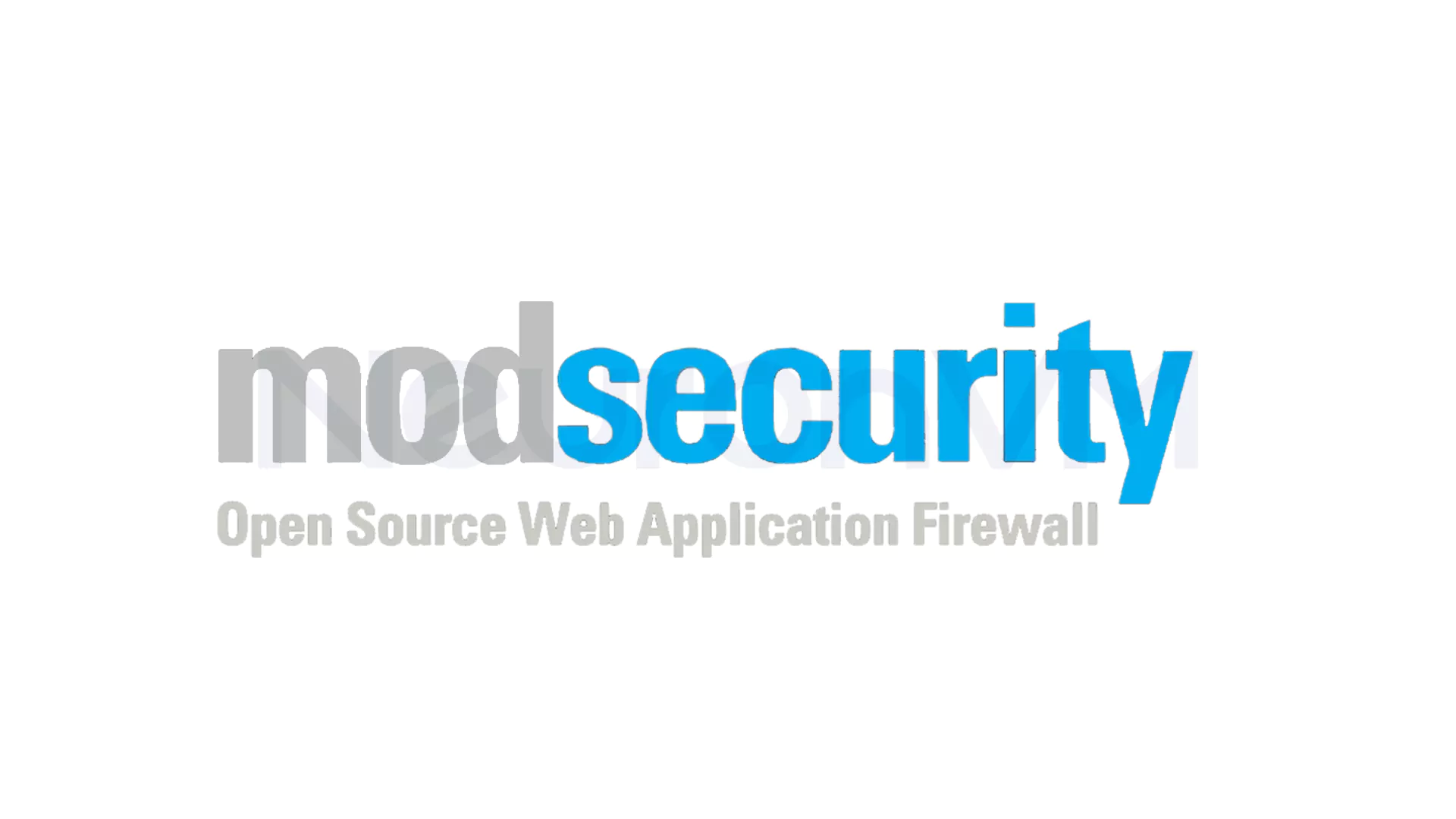
What Is ModSecurity And Why It Matters?
ModSecurity is a security analysis engine that runs on Apache and examines all requests line by line. This behavior acts like a web-level intrusion detection system that decides what to reject and what to allow before it reaches the application.
The main strength of ModSecurity is that it is not just a blocking tool. This module has the ability to deeply examine user behavior. Even if it is a new attack and has not yet been registered in the Rule Sets, ModSecurity can detect it based on its behavioral pattern. This is something that is not discussed in many superficial guides and is exactly what competing content cannot provide. If you are planning to secure your server at a professional level, this tool is exactly what you need to install.
What You Need Before Installation:
There are a few things to check before installing to make sure there are no limiting factors in the way
- Apache must be running with a compatible version of ModSecurity
- Libraries like PCRE and libxml2 must be enabled on the system so that the analysis engine can process the rules
- Development tools like gcc and make are essential for compiling some plugins
- Finally, you should make sure that your server does not have hardware resources to run intensive rules
- These things will prevent the installation from encountering an error due to missing dependencies
Installation Steps With Explanation
Most guides only write a few commands, but in this section we will explain the reason for each step because understanding this section will increase your understanding of security by several levels
Ubuntu And Debian
sudo apt update sudo apt upgrade sudo apt install apache2 sudo apt install libapache2-mod-security2 sudo a2enmod security2 sudo service apache2 restart
When you enable security2, Apache adds a new processing layer that checks requests before they reach the web server core. This means that each request first passes through the ModSecurity analysis layer and then reaches Apache
CentOS And RHEL
sudo yum update
sudo yum install httpd
sudo yum install mod_security
sudo systemctl enable mod_security
sudo systemctl restart httpd
On these distributions, ModSecurity is installed separately, but its behavior is similar, processing traffic before Apache
What To Do After Installation To Get Real Protection
Installing ModSecurity is only the easy part. Its real value comes when you configure it to suit your website type. In this section, you will find tips that are often used by security professionals and are not included in many simple guides
Use OWASP CRS Properly
Many users install this rule set but do not know that CRS has different levels. Selecting strict levels without checking real requests will cause positive errors. The best practice is to enable the basic level first and then select a more strict level after reviewing the reports
Tune Rules Based on Real Traffic
A common mistake is to enable all rules regardless of the type of site. For example, a shopping website needs rules that check the user’s browsing behavior, but rules related to specific scripts may not be applicable. Removing unnecessary rules increases speed and reduces processing costs
Use Anomaly Scoring Mode
This method causes blocking to be performed only when several suspicious behaviors occur together. This is valuable on high-traffic sites because it both increases security and reduces false positives
Analyze Logs Like A Security Engineer
ModSecurity creates a detailed log file that shows who has attempted to manipulate the request structure. Examining this file is exactly what professional security teams do every day. By analyzing this file, you can identify attack patterns and create very precise rules
Troubleshooting Based On Real Production Issues
Compilation Issues
This error is most often seen when the Apache version is not compatible with the ModSecurity libraries. It is best to check the Apache version before installing and upgrade it if it is old
Configuration Problems
Apache will throw an error if the instructions for the modules conflict. The best practice is to run a configuration test with the appropriate command after each change to identify problems before restarting
False Positives In High Traffic Sites
On high traffic sites, user behavior is usually very diverse and some natural requests may resemble an attack pattern. The best way to solve the problem is to add exceptions for specific routes. This will reduce disruption to the site.
Performance Drop
Apache can slow down when the number of rules is high or the server is resource-constrained. The simple solution is to reduce the log level and disable unnecessary rules. Also, if your site has financial transactions, it is better to keep some of the sensitive rules enabled even if they consume more resources
Conclusion
ModSecurity is one of the most effective tools in application layer security and installing it on a dedicated server creates an advanced layer of defense. If you follow this guide completely, you will not only install this module but also understand the security logic behind it. Understanding this logic is the most important factor in creating real security.
ModSecurity helps protect your Apache server by analyzing every incoming HTTP request and blocking suspicious traffic before it reaches your application. Installing it on a dedicated server reduces the risk of attacks like SQL injection and XSS and gives you full control over custom security rules tailored to your website.
ModSecurity can affect performance in some cases because it inspects all HTTP requests. However, you can optimize it by disabling unnecessary rule sets, reducing the logging level or customizing the configuration to match your server resources. With proper tuning most websites experience no noticeable slowdown.
This issue happens when a strict rule generates false positives. To fix it check the ModSecurity logs to see which rule triggered the block then adjust or disable that specific rule. You can also create an exception rule so that legitimate requests pass through without lowering overall security.
You might like it
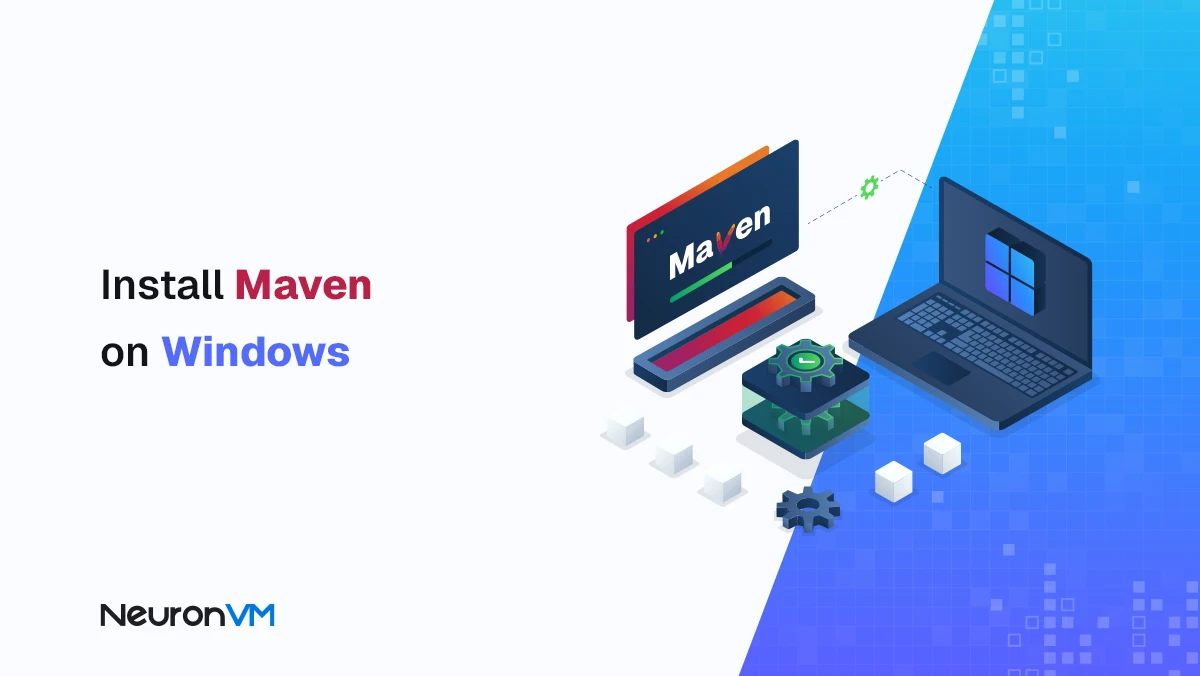
Windows Tutorials
How to Install Maven on Windows + Fix PATH Issues Easily
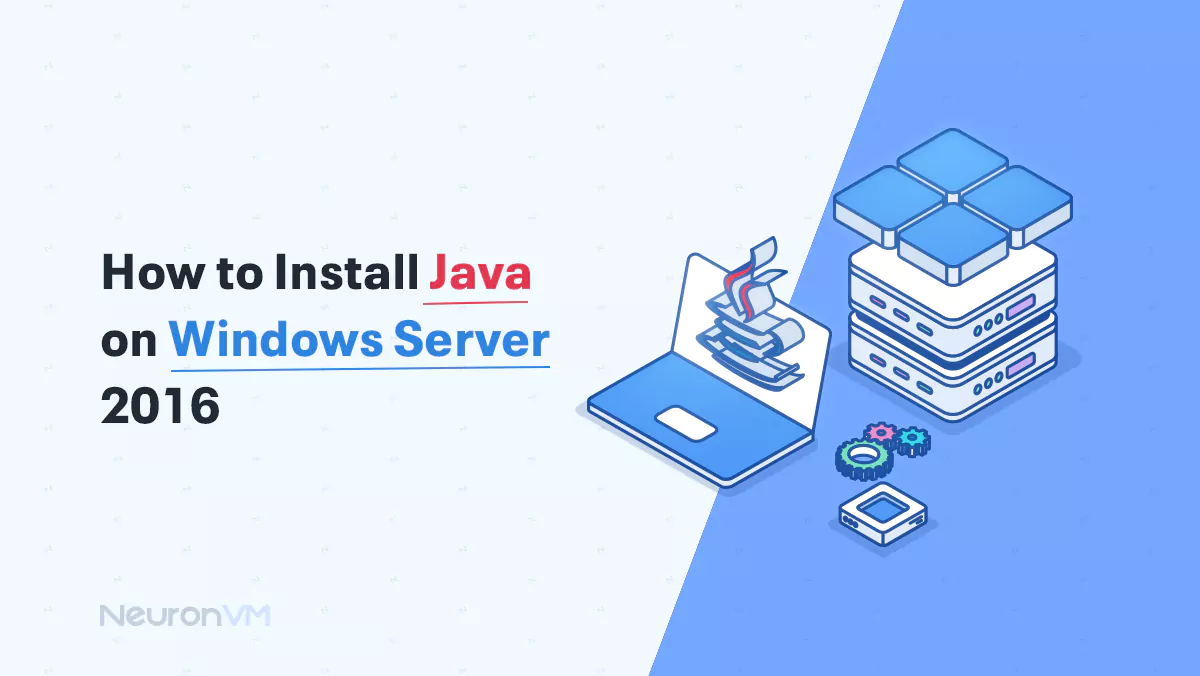
Windows Tutorials
How to Install Java on Windows Server 2016

Centos Tutorials
How to Install Siege on CentOS 7 for Server Load Testing



